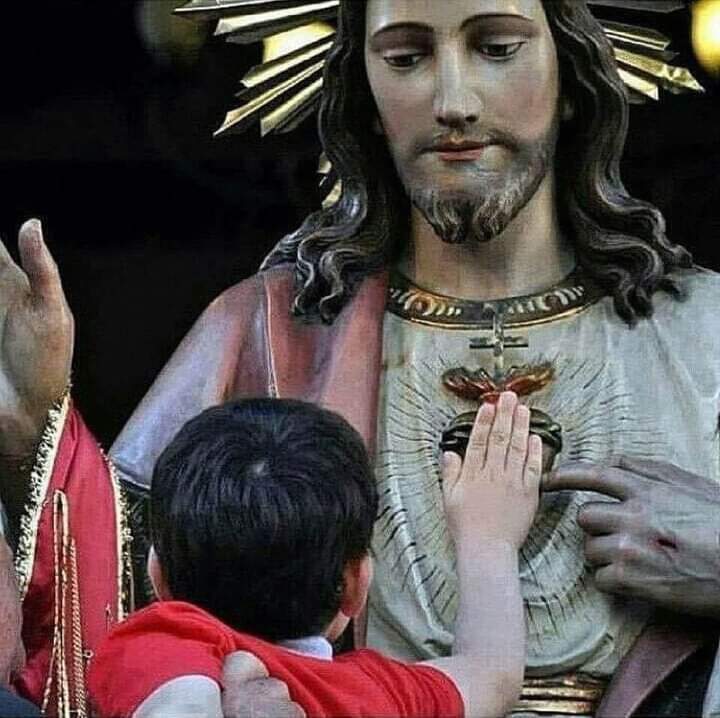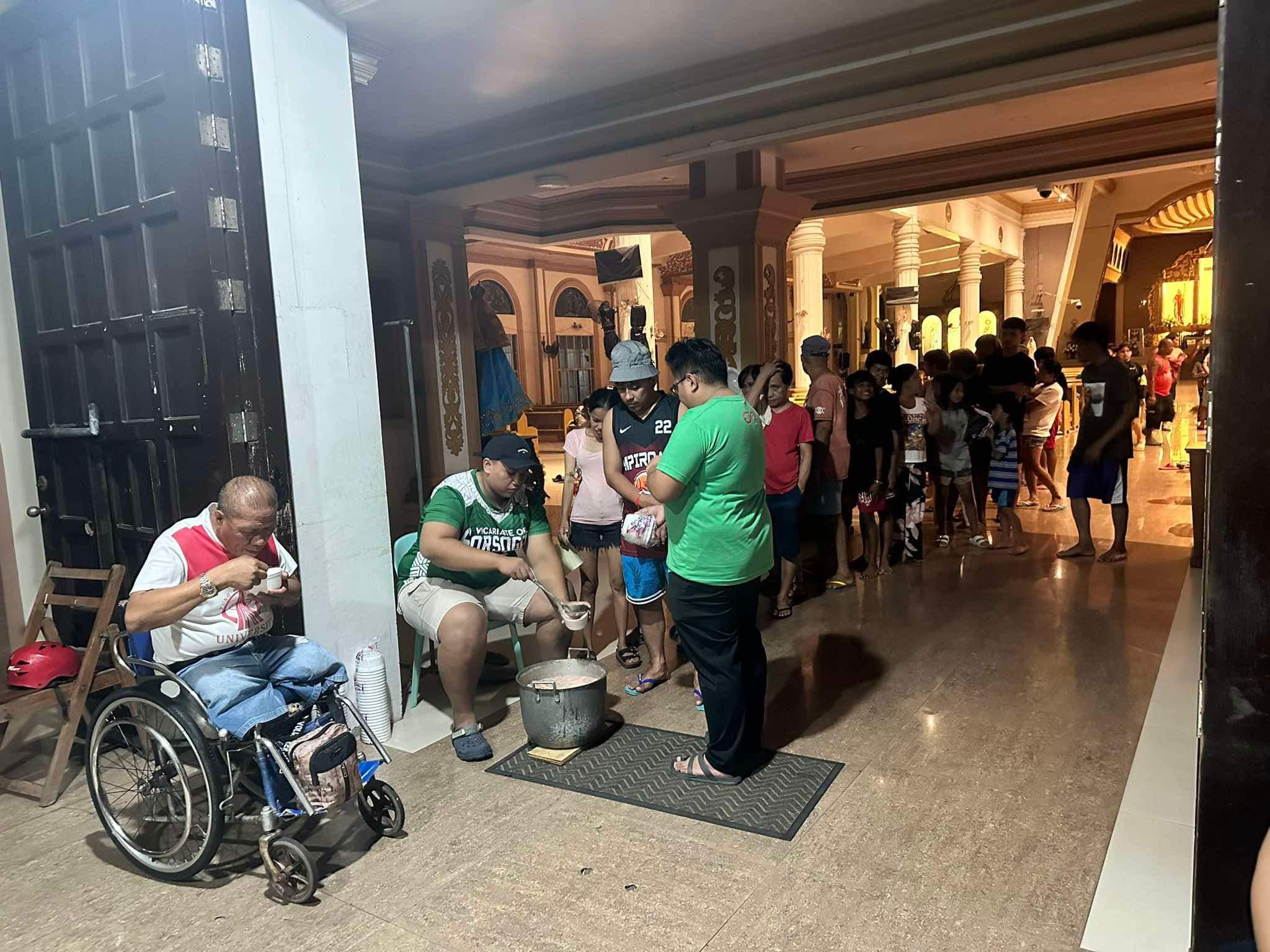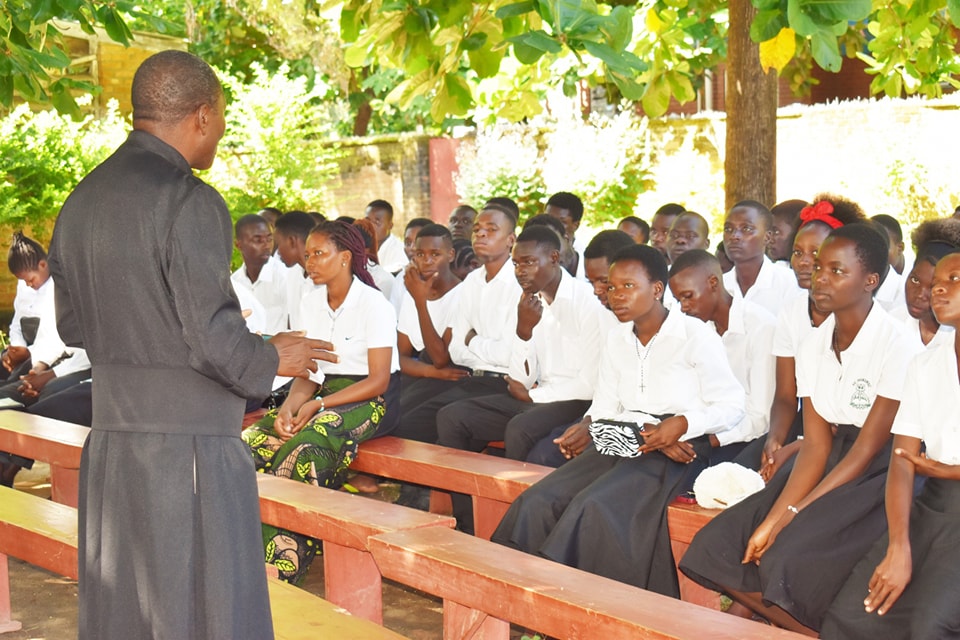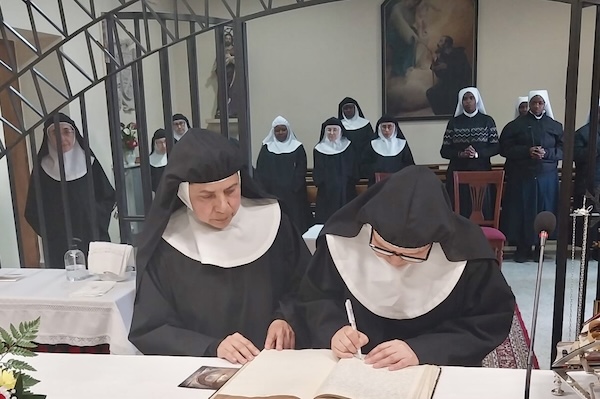Fr Paolo Consonni, MCCJ
3rd Sunday of Easter Year B
“Jesus himself stood among them and said to them, ‘Peace be with you.’ They were startled and terrified, and thought that they were seeing a ghost. He said to them, ‘Why are you frightened, and why do doubts arise in your hearts? Look at my hands and my feet; see that it is I myself. Touch me and see; for a ghost does not have flesh and bones as you see that I have.’” (Lk 24:36-39)
Who has never felt a chill running down their spine when walking alone into an empty, dark church in the evening, or passing a nearby cemetery? Probably we had similar eerie feelings during Tomb Sweeping Day last week. The “fear of ghosts” is a truly universal phenomenon present in all cultures. Sometimes it is simply an irrational sensation coming straight from the unconscious—most probably a projection of our own inner fears. What we truly fear is the unknown, that which is out of our control.
The Church acknowledges the existence of spirits, but the official doctrine regarding ghosts is not very specific and leaves room for discussion. Souls of saints have been said to have appeared to give encouragement and guidance. Souls in purgatory typically come to ask for prayers. Souls of the damned are said sometimes to appear to instill in us an awe for the power of evil. The Church however gives a stern warning: “All forms of divination are to be rejected: recourse to Satan or demons, conjuring up the dead or other practices falsely supposed to unveil the future.” (CCC 2116). Since the matter is very complex, the best course of action is always to turn to prayer, especially the Eucharist, and trust God’s providence to guide us when we deal with these out-of-ordinary phenomena.
Having said this, we can easily relate to the disciples’ fear when the risen Christ appeared to them. It was not the first time that they confused Jesus with a ghost. It happened during a storm, when Jesus came to them walking on water (Mk 6:49). The supernatural can be very scary. Moreover, in the apostles’ defense, we must remember that after the resurrection the body of Jesus had changed. It was not bound by the physical constraints of space and time. He could appear and disappear instantaneously, enter locked rooms, and his appearance could vary, making him unrecognizable to even his closest disciples.
This Sunday’s Gospel (Lk 24:35-48) clearly stresses the physical reality of these apparitions: the Risen Christ is not the ghost of a dead person. He has “flesh and bones”, and He even eats in front of the disciples. The core message of the Gospels goes beyond the mere belief in the survival of the soul after death, common to nearly all religious beliefs. It affirms instead Christ’s total victory over death and evil. His body, tortured on the cross out of love for us, has now been filled with the power of the Holy Spirit and has entered a glorious state. His Resurrection bears the promise that our mortal bodies too at the end of time will fully share the divine life in God.
“The flesh is the hinge of salvation (“Caro cardo salutis”), said Tertullian. The physical resurrection of Jesus holds significant importance as it validates the goodness of the material world, including our bodies, and its role in the mystery of salvation. The Geek culture, which Luke is addressing, valued only the spiritual, immaterial aspects of reality. However, the incarnation and the resurrection convey the opposite message: love needs to be translated into concrete actions and choices to be true, and lived according to what Jesus taught us in the Gospel. We were created as unified creatures of both body and soul, which means our eternal happiness (or damnation) must include the resurrection of our bodies too.
Pope Francis often reminds us about the danger of having a “disembodied” faith, that makes people “incapable of touching Christ’s suffering flesh in others, locked up as they are in an encyclopedia of abstractions.” (Gaudete et Exsultate 37)” Our faith in the Resurrection of the body encourages us to care for the victims of violence and injustice, the poor and the suffering, and even for the planet, our common home.
The Risen Christ’s physical appearances remind us that our material life matters. How we use our bodies matters. Our relationships matter. The choices we make in dealing with the circumstances of life, such as tragedies and sicknesses, matter. And, surely enough, our daily, ordinary work matters too. Recognizing the sacredness of our everyday existence, both its joys and challenges, enables us to live more fully and purposefully. Rather than merely passing through life like “ghosts,” we are invited by the Risen Christ to embrace it with passion and meaning, as He did.


 Follow
Follow


